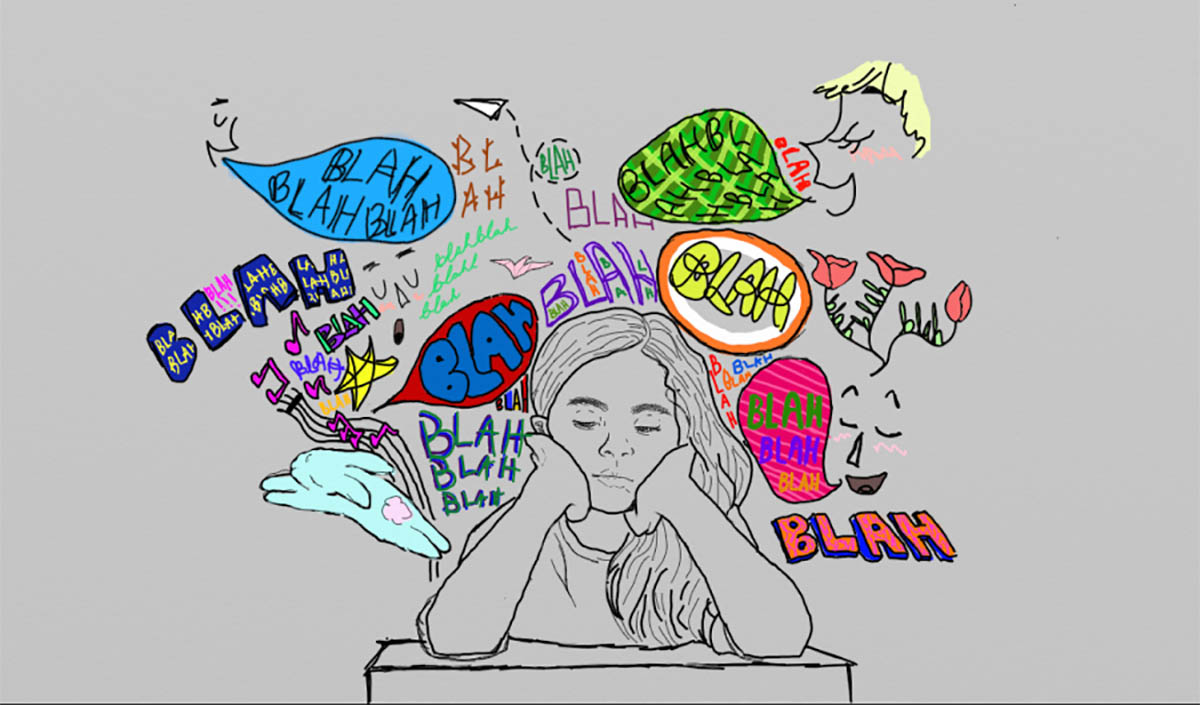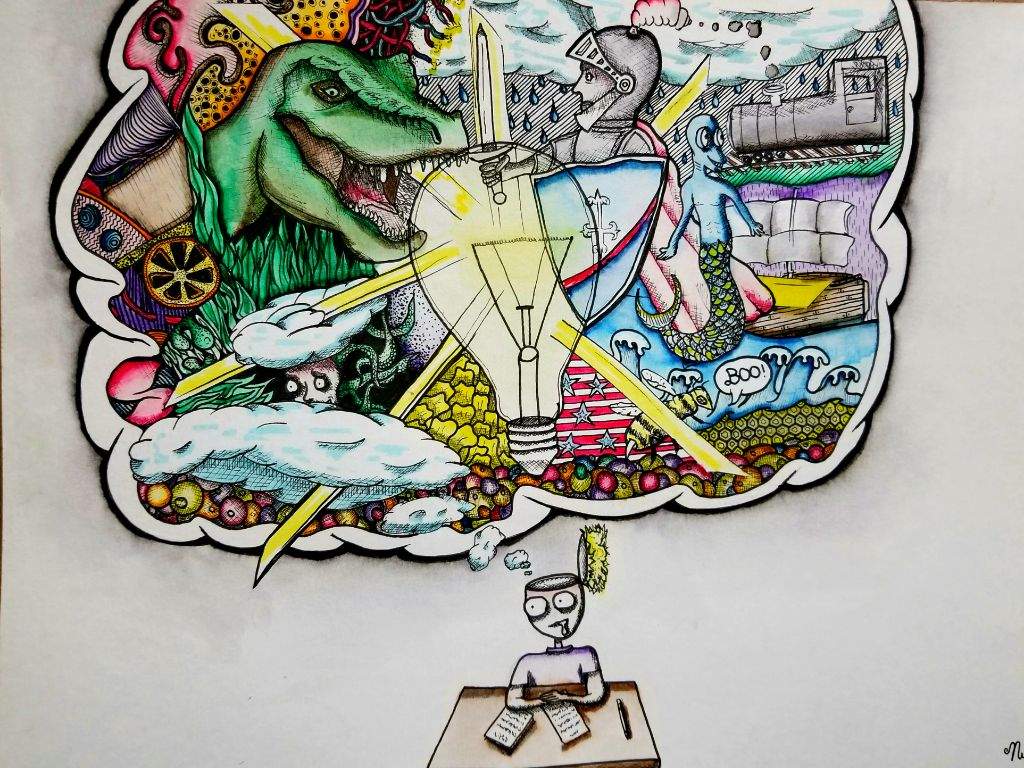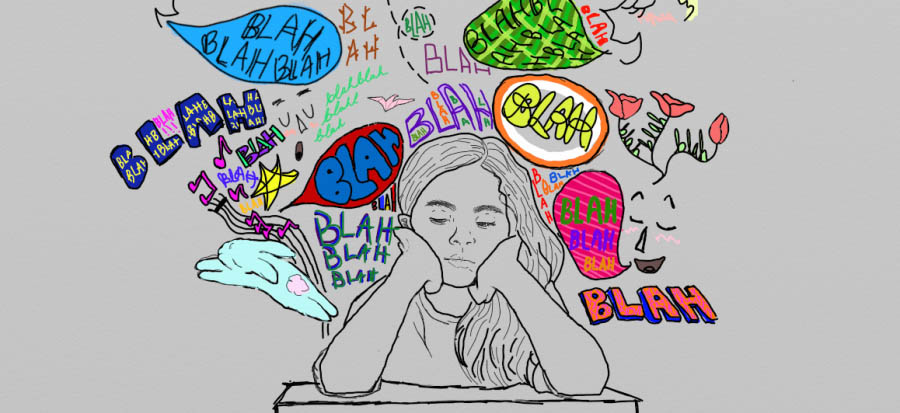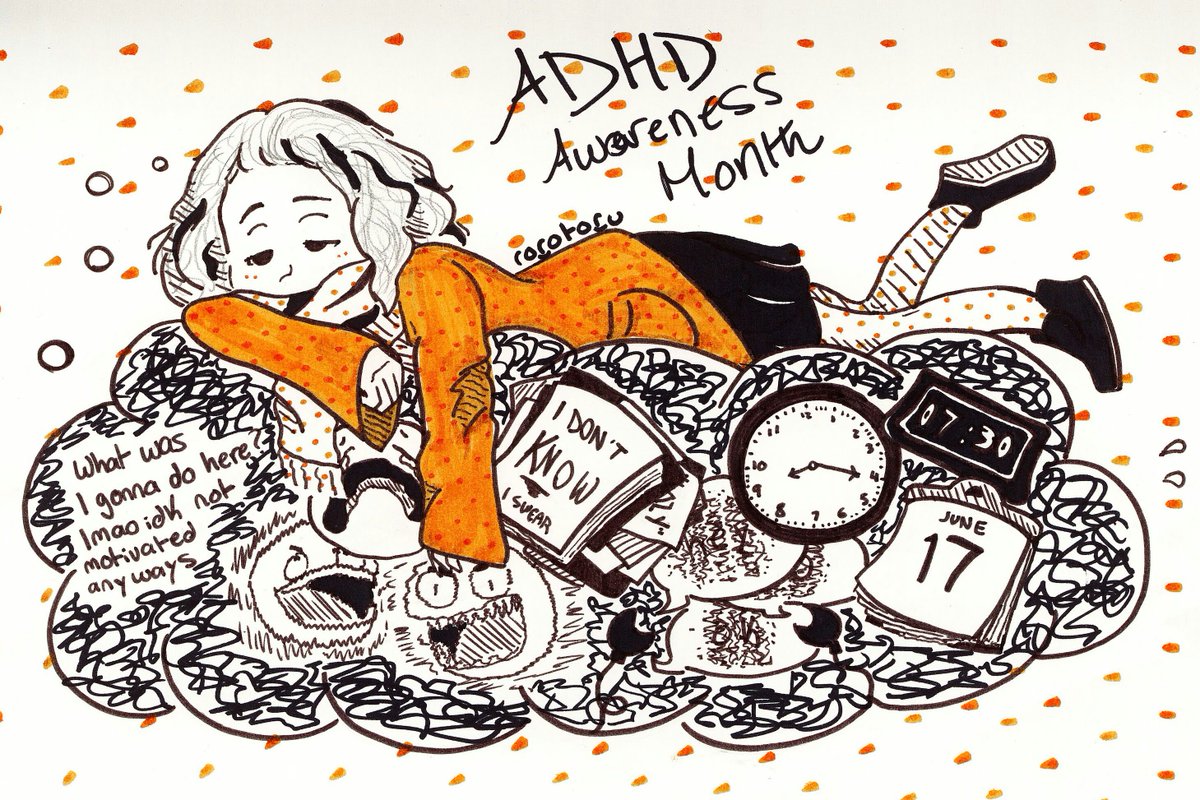

ADHD Management: Best Treatments for Children and Adults
Managing ADHD effectively begins with finding the right treatment plan—one that considers both the brain-based nature of the disorder and the unique behavioral challenges that come with it. While there isn’t a permanent cure for Attention-Deficit/Hyperactivity Disorder, there are several proven strategies that can significantly reduce its impact on a child’s daily life.
ADHD affects the way the brain processes information and regulates behavior. As such, treatment often combines both medical and non-medical approaches. No single treatment fits every child. That’s why building a tailored, flexible plan is key to managing symptoms in a way that works best for the individual.
Most successful ADHD treatment programs take a comprehensive or “multimodal” approach—bringing together tools and support systems from several areas of life. These can include:
-
Parent behavior training and support
-
Medication (either stimulant or nonstimulant)
-
Therapeutic skill-building
-
Talk therapy or counseling
-
Classroom accommodations and tutoring
-
ADHD education for parents, teachers, and the child themselves
When coordinated well, these methods help manage symptoms, improve confidence, and strengthen emotional and social well-being. The goal is to support the child not just at home, but across all settings—school, peer interactions, family dynamics, and beyond.
While some children benefit greatly from medication alone, mental health experts like those at the National Institute of Mental Health recommend integrating additional interventions to enhance overall outcomes.
Medications: Stimulants and Alternatives for ADHD Management
Medication is often one of the first tools explored when a child is diagnosed with ADHD—but choosing the right one requires care, collaboration, and some trial and error.
If you’re a parent, making medication decisions can be emotionally challenging. That’s why close communication with your child’s doctor is critical. Together, you’ll need to decide if your child needs medication throughout the entire day or only during school hours. You’ll also determine which type of medication may be the most effective and best tolerated.
There are two primary categories of ADHD medications: stimulants and nonstimulants.
Central Nervous System (CNS) Stimulants
Stimulants are the most frequently prescribed ADHD medications, and they have a long history of effectiveness. These drugs work by enhancing the brain’s levels of dopamine and norepinephrine—neurochemicals that play major roles in attention, motivation, and executive function.
Boosting these chemical messengers helps children with ADHD stay focused, reduce impulsive behaviors, and manage distractions more successfully.
Some of the most widely used CNS stimulant medications include:
-
Amphetamine-based stimulants (such as Adderall, Dexedrine, Dextrostat)
-
Dextromethamphetamine (Desoxyn)
-
Dextromethylphenidate (Focalin)
-
Methylphenidate (Concerta, Daytrana, Metadate, Ritalin)
These medications may be prescribed in immediate-release or extended-release forms, depending on the child’s needs and schedule.
Nonstimulant Medication Options
If stimulants don’t provide the desired effect—or if they lead to intolerable side effects—your child’s physician might suggest trying a nonstimulant instead.
Some nonstimulant medications enhance norepinephrine activity in the brain, which supports improved attention and working memory. Commonly prescribed nonstimulants in this category include:
-
Atomoxetine (Strattera)
-
Certain antidepressants, such as nortriptyline (Pamelor)
Other nonstimulant medications target additional brain regions and neurotransmitters involved in attention and behavior regulation, even if their exact mechanisms for ADHD aren’t fully understood. These alternatives include:
-
Guanfacine (Intuniv)
-
Clonidine (Kapvay)
These medications may be particularly helpful for children who experience sleep problems, aggression, or coexisting conditions like anxiety.
Common and Serious Side Effects to Watch For
Both stimulant and nonstimulant medications come with potential side effects. While many are mild and temporary, it’s crucial to monitor how your child responds to any prescription.
Typical side effects can include:
-
Headaches
-
Sleep difficulties
-
Upset stomach
-
Restlessness or nervousness
-
Increased irritability
-
Dry mouth
-
Decreased appetite and weight loss
More serious side effects—although less common—require immediate medical attention.
In children taking stimulants, rare but serious side effects may include:
-
Hallucinations (visual or auditory)
-
Elevated blood pressure
-
Allergic reactions
-
Suicidal thoughts or behaviors
For nonstimulant medications, serious concerns may include:
-
Seizure activity
-
Suicidal thoughts or behaviors
If any of these symptoms emerge, contact your child’s healthcare provider immediately.
Therapeutic Interventions: More Than Medication
Medication isn’t the only effective tool in the ADHD toolbox. In fact, many children see powerful improvements when therapy is part of the treatment plan—especially in combination with behavioral reinforcement and parental support.
Your child’s doctor can help identify which therapeutic options might suit your family’s needs.
Talk Therapy (Psychotherapy)
Psychotherapy can help children with ADHD express emotions, understand their frustrations, and process the challenges they face in school and at home.
A licensed therapist might explore how your child handles friendships, self-image, and authority. They may also teach emotional coping skills to manage stress and anger. Family therapy sessions can also be beneficial—helping parents and siblings support the child in a consistent, unified way.
Behavior-Based Therapy
Behavior therapy teaches practical tools to help children regulate how they respond to specific triggers or situations. This method typically involves setting clear expectations, rewards, and consequences in collaboration with parents and sometimes teachers.
For example, a behavior plan may include a point system where positive actions earn tokens or privileges. The focus is on encouraging better choices rather than punishing mistakes. Over time, the child learns to reflect and self-correct.
Social Skills Coaching
Children with ADHD often struggle with group dynamics—waiting in line, playing cooperatively, or navigating teasing.
Social skills training helps teach children more effective interaction techniques. A trained professional might role-play different scenarios and model responses such as:
-
How to wait for a turn
-
Ways to ask for help politely
-
Sharing without conflict
-
How to handle teasing or rejection
Mastering these skills helps children build friendships and improve classroom behavior.
Support Networks and Peer Groups
Support groups are incredibly valuable—especially for parents navigating the ups and downs of raising a child with ADHD. Being part of a community where others understand your situation offers both practical advice and emotional relief.
These groups can also be a treasure trove of strategies, referrals, and local resources. Ask your doctor, therapist, or school if they know of support groups in your area—or search for virtual options.
Parent Training and Practical Tools
Learning how to respond to your child’s behaviors in constructive, consistent ways can make a huge difference. Parent training sessions offer guidance on discipline, rewards, emotional support, and managing household routines.
Some key strategies include:
-
Immediate rewards: Give points, tokens, or small treats to reinforce good behavior in the moment.
-
Timeouts: Temporarily removing the child from a stressful or stimulating environment can help reset their behavior.
-
Shared activities: Set aside regular time for fun and connection, where you highlight and praise your child’s strengths.
-
Setting them up for success: Reduce overwhelm by keeping playdates small and instructions clear.
-
Self-care for parents: Don’t forget to manage your own stress with relaxation techniques, exercise, or mindfulness. Your well-being directly affects your ability to support your child.

Structuring Environments: Behavioral Tools for Home and School
For children with ADHD, success in school and home life often depends on more than just effort or intelligence—it hinges on structure, consistency, and organization. These aren’t just helpful; they’re essential. Because ADHD affects executive function, many kids struggle with organizing tasks, managing time, and following through.
That’s where behavioral interventions at home and in the classroom come into play. These strategies aim to create predictable, supportive environments where children can thrive.
Create a Predictable Routine
Kids with ADHD benefit greatly from daily structure. Routines give them a sense of stability, help reduce impulsivity, and set expectations in advance.
Try to stick to a schedule that keeps wake-up times, meals, schoolwork, play, and bedtime consistent—even on weekends. Post this schedule in a visible place, using colors or visuals if needed. If changes are necessary, give your child as much notice as possible so they have time to mentally adjust.
Keep Things in Order
Help your child establish designated spots for essential items like school supplies, toys, shoes, and clothes. Label containers or shelves clearly so they can find—and return—things independently.
By cutting down on the daily scramble to find missing items, you not only reduce frustration but also build their organizational habits over time.
Support Homework with Visual Tools
Using notebooks, planners, or even apps can reinforce memory and focus. Encourage your child to jot down assignments immediately and pack the materials they’ll need for home. Checklists and color-coded folders can also prevent things from slipping through the cracks.
These small supports can translate into greater confidence and less academic stress.
Explore Tech Solutions for Writing Challenges
Handwriting can be particularly difficult for some kids with ADHD. If your child struggles with written assignments, talk to their teacher about the possibility of using a computer or tablet during class. Typing can make it easier for them to keep up, stay engaged, and express themselves more clearly.
This kind of accommodation can lead to better academic outcomes and higher self-esteem.
Reinforce Positivity More Than Punishment
Children with ADHD often receive more correction than praise—sometimes so much that they start believing they’re always in trouble or not good enough.
Flip that narrative. Offer specific, sincere praise when they follow directions, stay focused, or treat others kindly. Small rewards or tokens can further encourage good behavior, but often, a well-timed compliment can be just as powerful.
Let your child know that you notice their efforts—not just their mistakes. This helps them build a more positive self-image, which in turn supports better behavior and resilience.
Communicating With Your Child’s Healthcare Provider
Crafting an effective treatment plan for ADHD often means combining multiple approaches. Medication, therapy, structured routines, and ongoing support all play vital roles. But the guidance of a trusted doctor can help you fine-tune and balance these tools over time.
Your pediatrician, psychiatrist, or mental health specialist is there to answer your questions, help monitor your child’s progress, and make adjustments as needed. Open communication ensures the best possible outcome.
Here are a few useful questions to ask during your discussions:
-
Would my child benefit more from therapy, medication, or a combination of both?
-
If medication is recommended, should we try a stimulant or a nonstimulant?
-
What side effects should I look out for, and how should I respond if they occur?
These conversations will help you better understand what your child needs now and how their treatment may need to evolve in the future.


